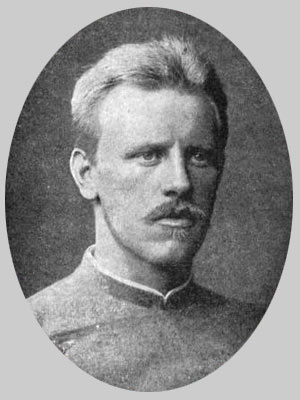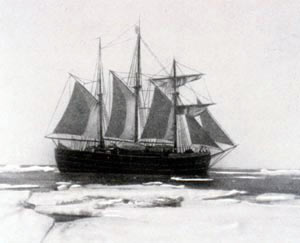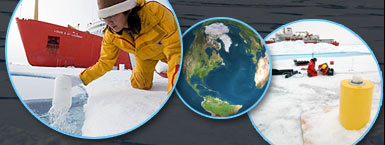The Arctic: Exploration Timeline


Portrait of Fridtjof Nansen. © Public domain.

The Fram under sail. Source: NOAA Photo Library.
1893-1895
Wreckage from the Jeannette expedition (1879-1882) is found by Inuits on the southwest coast of Greenland—more than 2900 miles from where it sank. This leads Norwegian scientist and explorer, Fridtjof Nansen, to believe that there must be an ocean current that moves the ice across the Arctic from Siberia. To prove it, he builds a special ship, called Fram, for the expedition—one designed with a rounded bottom so that it can rise up out of the ice as the floes press against her hull. Many people scoff at Nansen for his theory and predict that his planned expedition will end in failure, but he perseveres.
The Fram departs from Bergen, Norway in 1893. Three months later, at a point closer to Alaska than Norway, she is frozen into the ice at a latitude of 78°N. For three years, the ship is carried by the ice across the Arctic, but never gets further north than 86°N. Nansen and Frederick Johansen decide to set out to the North Pole on skis, with kayaks, sleds, and provisions. Ridges of ice block their progress and they are forced to turn back and head for Franz Josef Land, about 400 miles to the south. They build a stone hut to live in for the winter and survive by killing bears and walrus for food, clothing, and burning blubber for fuel. The following June, Nansen and Johansen reach Cape Flora, an English base where they are returned to civilization. The Fram, which was left in the charge of Otto Sverdrup, arrives in Tromso, Norway in August 1896, and Nansen and Johansen are reunited with the crew.
« Previous Page | Next Page »

